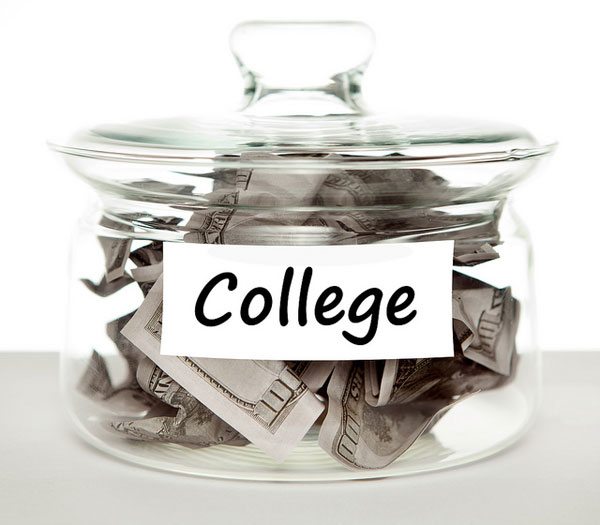
October 5, 2017; KELO-TV
With college costs and student loan debt on the rise, the nonprofit University of Sioux Falls (USF) in South Dakota has announced a dramatic “tuition reset” that reduces the “sticker price” of 2018-2019 annual tuition by $10,000, from the 2017–2018 level of $27,980 to $17,980. The 35.6 percent decrease applies to full-time undergraduate tuition; graduate, non-traditional, and other programs are not affected. Room and board have stayed constant, and will remain so under the new plan. Students will be charged a $300 annual fee for student services.
The move, announced on the university’s website, appears to be an effort to make the posted tuition more accurately reflect what students will actually pay. Newly installed President Brett Bradfield predicts that the average freshman admitted next year will save $5,000 in actual costs over four years, since future tuition rate increases will be set using the new lower figure as a base. All students will receive new financial aid packages that will result in a net amount owed that, at worst, will be no more than they are paying now.
Sign up for our free newsletters
Subscribe to NPQ's newsletters to have our top stories delivered directly to your inbox.
By signing up, you agree to our privacy policy and terms of use, and to receive messages from NPQ and our partners.
“The tuition reset brings our published price in line with what students and families are actually paying, which creates a clearer view of the true cost of a USF degree,” according to information on the University of Sioux Falls website.
USF, established in 1883 and affiliated with the American Baptist Churches, USA, cites benefit for scholarships already endowed with the university. “[A] total of $10,000 of financial aid and scholarship now covers over half of the cost of $17,980 in tuition as compared to one-third of the cost of $27,980 in tuition.” According to its 2015 IRS Form 990 posted on GuideStar, USF has a modest endowment of about $17.5 million, from which it gave grants and scholarships totaling about $383,000 and $178,000 in “other expenditures for facilities and programs.”
The university’s move to lower its posted undergraduate tuition runs counter to conventional wisdom, which says that higher tuition rates equate to better education, and that discounting high posted tuition with scholarships, work-study jobs, and other student support enhances a school’s reputation for charity to its students. USF is betting that more tuition transparency will attract price-conscious students seeking a liberal arts education. The new posted tuition will likely leave competing schools scrambling to explain how their tuition rates are set and how their net prices to students are competitive, both initially and over a four-year period.—Michael Wyland












